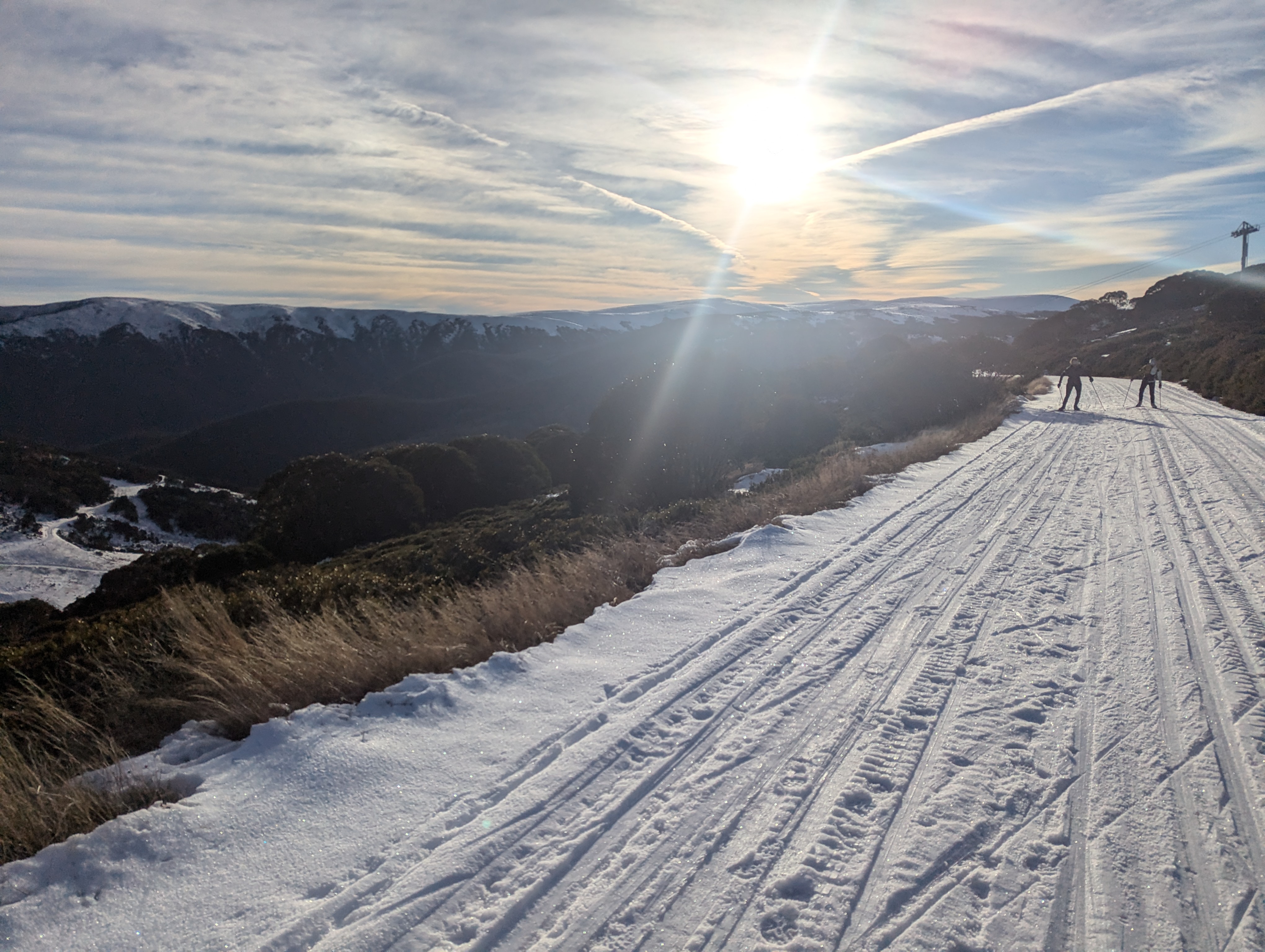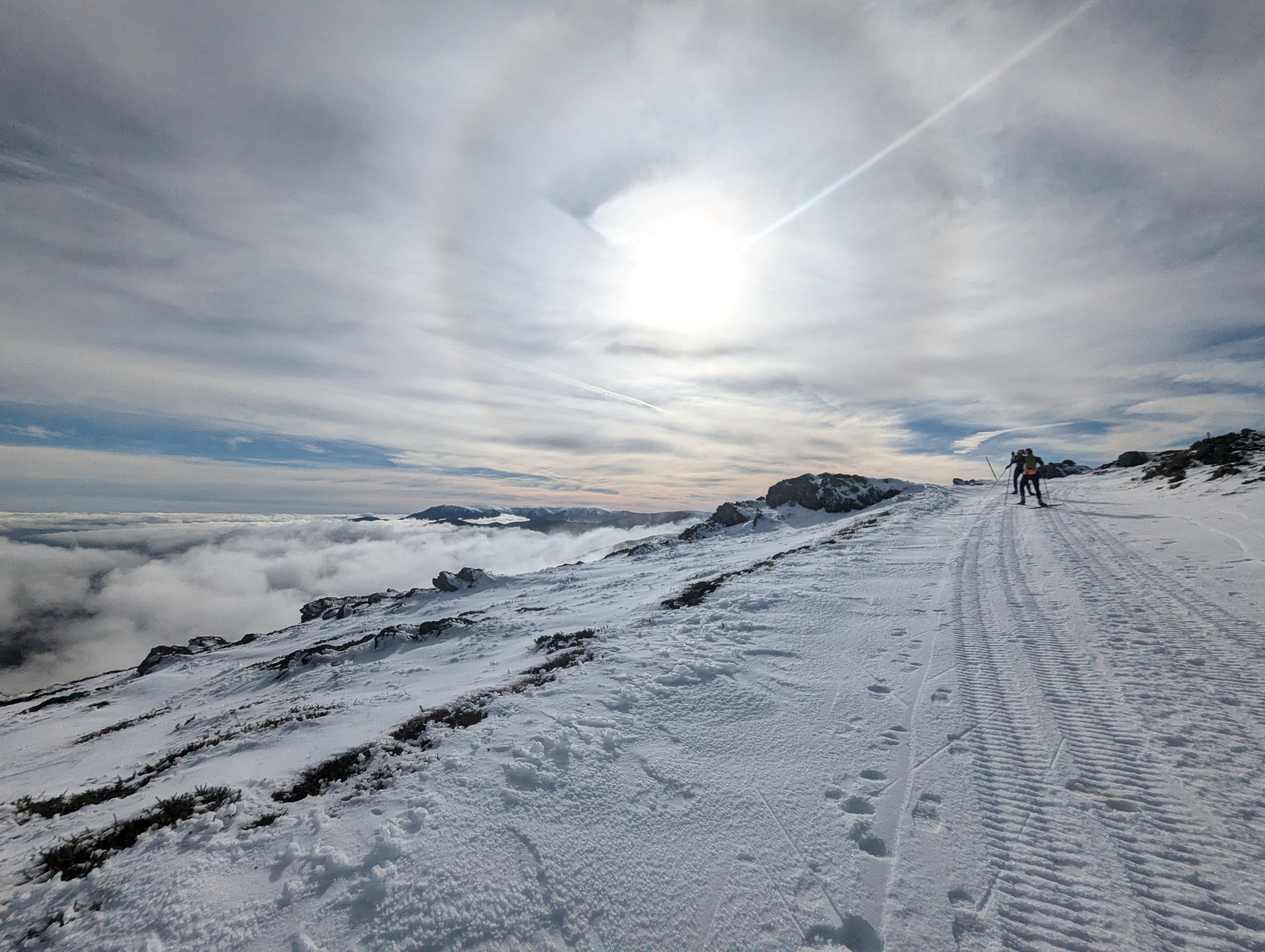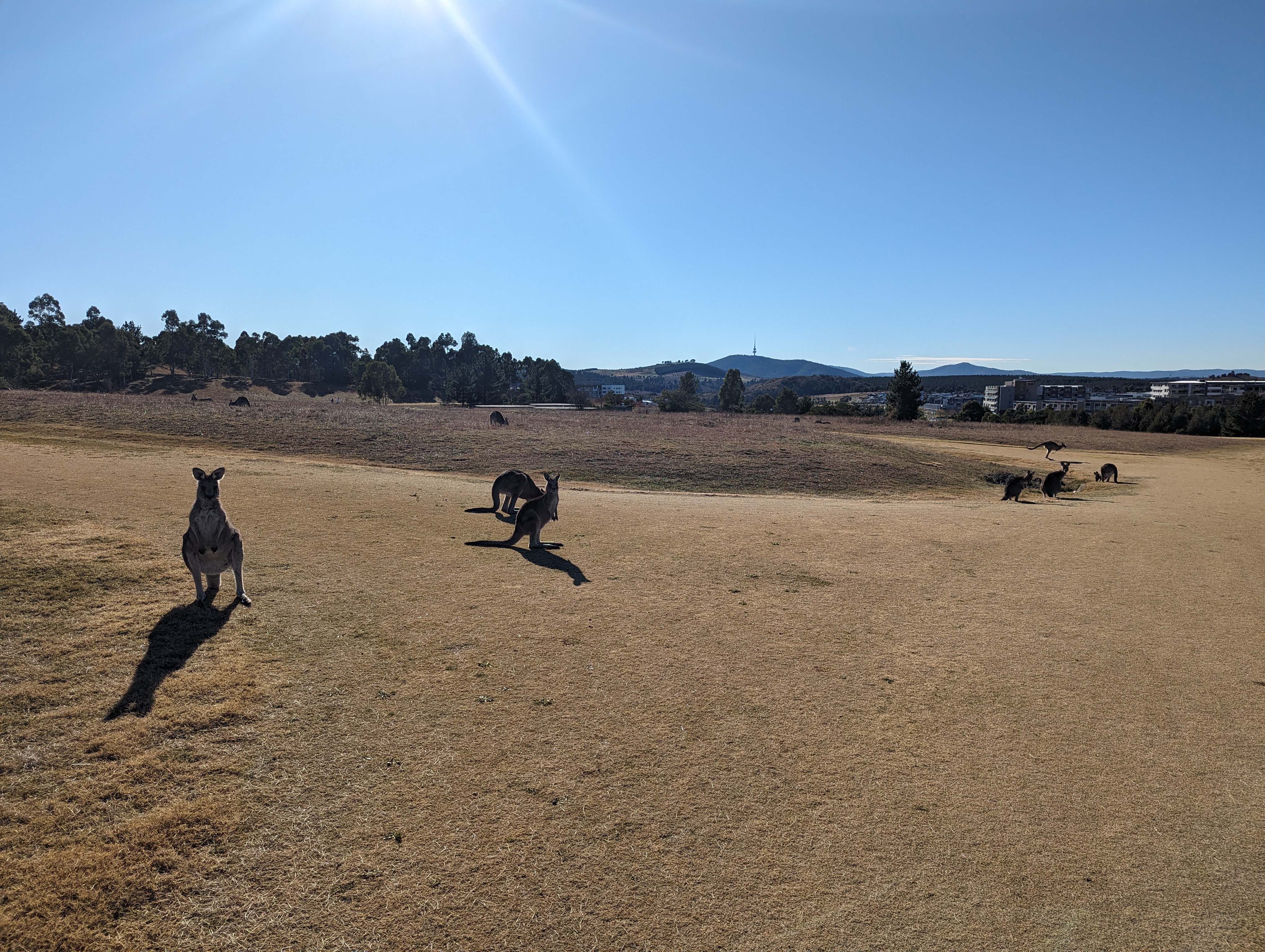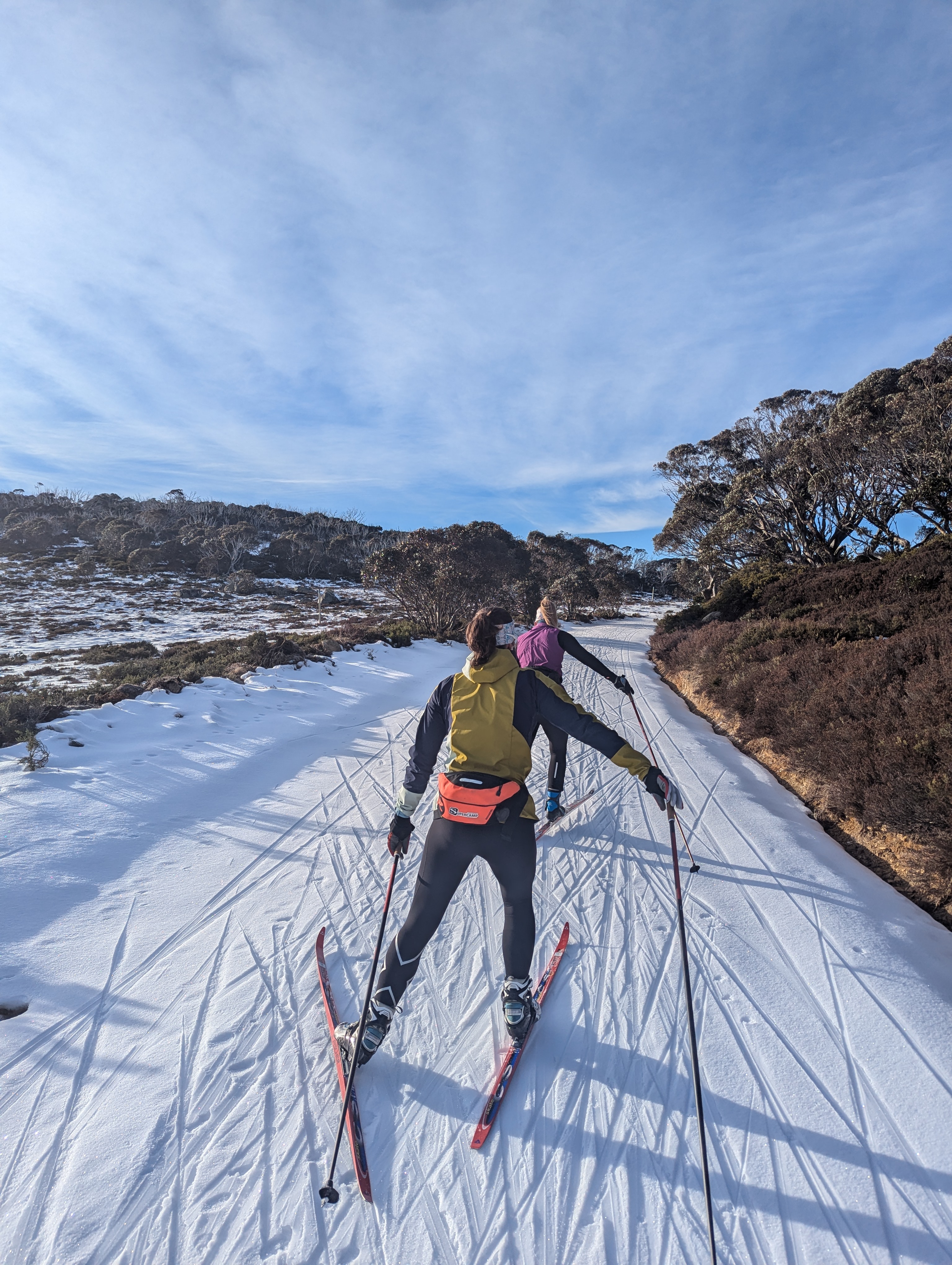Posted by Jacob Huseby on Jun 27th 2024
Welcome to the Australian Winter, What's the deal with the Kangaroos?
G'day. Writing in from Australia, kicking off the Southern ski season.
Last week in the Northern Hemisphere was the Summer Solstice, also known as Midsommar in the Nordics. Down here in the Southern Hemisphere we had the Winter Solstice, and the unofficial start to the Australian ski season! The Australian ski season typically runs from Mid-June through the end of September, with some years seeing Spring skiing through October.

Through the end of September, I'll be based out of Falls Creek in Victoria as the National Training Center Coach for Snow Australia and AUSXC. I will be living out of Mt. Beauty, just down the road from Falls Creek. Through the season, I'll share more photos and video on-snow, as well as some learnings about skiing down in Australia. The title image for this piece was from a few days ago, climbing up Mt. McKay on skis.

While I have your attention, I'll answer the question on everyone's mind. What's the deal with the kangaroos? Roos' are commonly featured in Aussie iconography, even on the squads jackets and pants. While the US is often represented by the bald eagle, buffalo, grizzly bear, these animals are relatively uncommon in comparison to the kangaroo. These guys are EVERYWHERE and EVERYONE has a story about nearly avoiding them on the road. This is not an exaggeration when I say they are more common than spotting deer in the Northwoods of Wisconsin. Here's a picture from Stromlo Forest Park where we were running intervals, there was easily over 60 roos' just chillin in the grass. While we were only a few feet from them, they generally will not mess with you as long as you do not mess with them. Sometimes you will get an angry Dad however. The real danger comes from divebombing hair-hungry magpies (so I've been told), that information I'll save for another post...

The Kangaroo is a symbol of resilience, strength and perseverance and often accompanied by an emu in imagery as they both only move forward, never backward.


